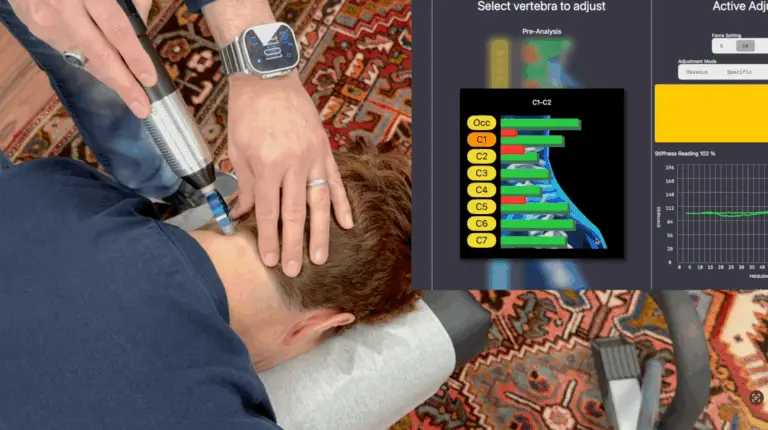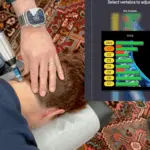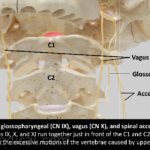Most chiropractors altered their manipulation technique to accommodate workplace injuries
A study published in 2020 showed that the prevalence of yearly work-related musculoskeletal disorders (MSDs) in practicing chiropractors in Ontario was approximately 60%. [1]
The workplace injuries were to doctors working normal hours.
On average, respondents reported working a total of 38 hours per week with approximately a 3:1 ratio of patient contact hours to administrative work .
Most common types of injury and cause
The three most common types of injuries to chiropractors were MSDs to the lower back, shoulders and hands/wrists. The study also found:
- Of those chiropractors experiencing the most common shoulder or wrist/hand injuries, 50% reported they experienced these injuries for more than one month in the previous year.
- Only 22% reported that the this was the first occurrence of the injury
- The combination of positioning/performing manipulation was the attributable source for 53.1% of work-related MSDs.
Almost two-thirds of those surveyed altered their manipulation technique.
While most chiropractors reported that they did not miss work due to their MSD, they did change treatment techniques. These quotes that were cited in the survey demonstrate some of the changes made:
“Using a little more care and attention to my own body mechanics and posture.” (ID 333)
“Less force/pressure when performing deep tissue massage.” (ID#1)
“Right shoulder is primary concern and I find I’m constantly trying to avoid aggravating it with working positions, especially lumbar side-lying SMT.” (ID#276)
“Moved from manual to instrument adjusting.” (ID#317).
“Reduced side posture low back adjusting and relied more heavily on activator and drop table techniques.” (ID#425).
“Less ART, transitioned to more stretching, traction, Graston, acupuncture.” (ID#384).
“I had to ultimately go back to school for another career. I am a small female and my physical problems with chiropractic began almost immediately after finishing chiropractic college.” (ID#323).
The chiropractors of tomorrow may be more equipped, so they don’t have careers shortened by workplace injury.
Even the most basic adjusting instrumentation provides some relief of the physical stress of manual adjustment. Palmer College is already offering a new techniques course on instrument adjusting. Studies like this one, and new college techniques courses may make the chiropractors of tomorrow more able to experience longer, less workplace injury-filled careers.
References
[1] https://chiromt.biomedcentral.com/articles/10.1186/s12998-020-00345-2
Howarth, S.J., Abbas, A., Hogg-Johnson, S. et al. Reported 1-year prevalence of occupational musculoskeletal disorders in Ontario chiropractors. Chiropr Man Therap 28, 55 (2020). https://doi.org/10.1186/s12998-020-00345-2












